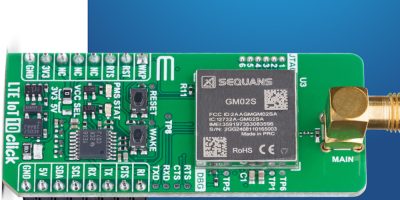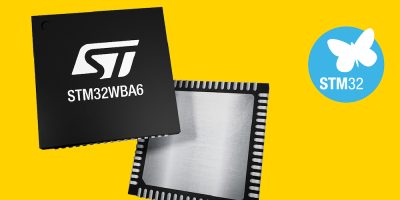Mouser has announced it is once again a Platinum sponsor of the Create the Future Design Contest. Create the Future is a global challenge to engineers and innovators around the world to design the next great thing for a chance to win the grand prize. Mouser, which has sponsored the contest for over a decade, is joined again by valued manufacturers Intel and Analog Devices as co-sponsors.
The contest opens for entries on March 3 and closes on July 1, 2025. The grand prize winner receives worldwide recognition and a cash prize of $25,000 for an innovative product that benefits society and the economy. Previous contests have produced more than 15,000 design ideas from engineers, entrepreneurs and students in more than 100 countries.
“Fostering technical innovation has always been a major part of our mission at Mouser,” said Kevin Hess, Mouser Electronics Senior Vice President of Marketing. “We are very excited to again participate in this important event for engineers and students around the world.”
“Mouser Electronics is well-known throughout the industry for its support of innovation among engineers as well as for providing unmatched service to its customers and manufacturers,” said Joseph Pramberger, President of SAE Media Group. “We are pleased to partner with such quality companies as Mouser and its manufacturers, Intel and ADI.”
The Create the Future Design Contest brings attention to product designs that enhance humanity, improve healthcare quality or help provide sustainable solutions. Previous grand prize-winning entries include self-destroying plastics, a self-contained organ and limb transport device, and an economical, rapid screening device to prevent food-borne illness.
The grand prize winner will be chosen from the winners in seven entry categories: Aerospace and Defence, Automotive/Transportation, Electronics, Manufacturing and Materials, Medical, Robotics and Automation, and Energy, Power & Propulsion.
For more information, visit https://www.mouser.com/createthefuture







